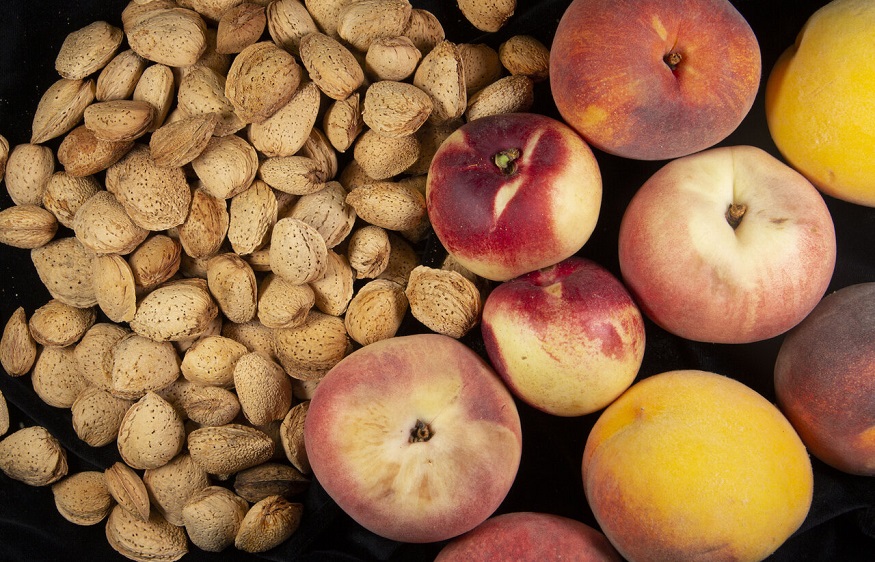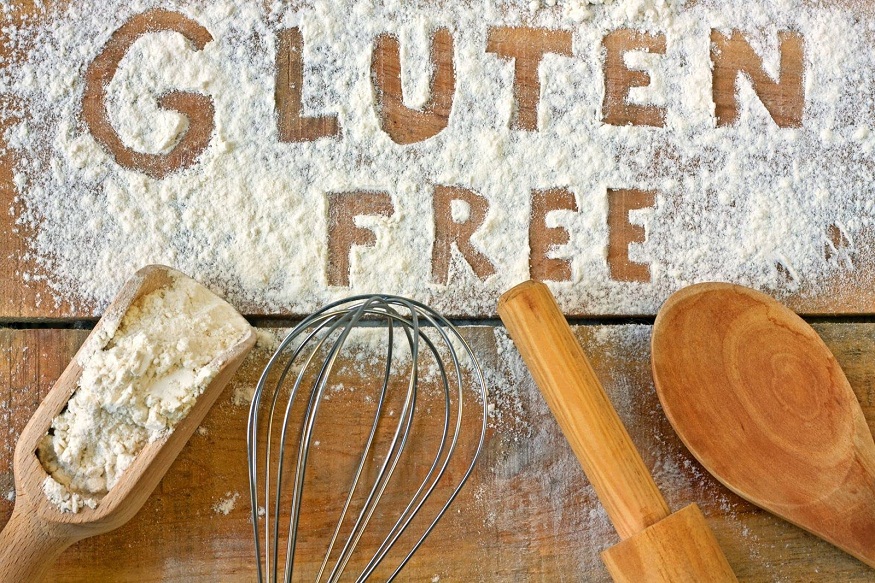A gourmet fruit with a hint of peach!
Decorative and always self- fertile white or pinkish flowers appear in April-June. They give way to large fruits with warm colors that ripen from July to September. Peaches, nectarines and nectarines are varieties of peach trees.
How to plant your peach tree
The peach tree grows everywhere except when the temperature reaches -20°C. Thanks to the characteristics of its different grafts, the peach tree grows in all types of soil that do not have excessive humidity and even appreciates stony land. However, avoid replanting it in soil that has already received the same species (soil depleted of specific peach tree nutrients ).
If you live in a region with cold winters , choose the peach tree instead, which gives very good red-skinned peaches. It is in fact not very sensitive to late frosts and opposes a strong resistance to diseases (blister, monilia, coryneum , etc. ).
.For lovers of novelties ,will seduce you with its original flattened and rounded shape. As curious as it is delicious, its dark red, sweet and melting fruit is harvested abundantly in mid-August.
On the balcony , you can grow a dwarf peach tree which is suitable for container growing. In addition to presenting a long-lasting dark pink bloom in the spring, it has the advantage of fruits as large as those of the classic varieties! It supports the cold well given its late flowering. In the same category, the dwarf peach tree ‘Diamond’ offers large fruits with white flesh.In smooth-skinned fruits, the yellow-fleshed nectarine ‘Fantasia’ gives delicious, large-caliber, slightly elongated fruits, well colored with red on a yellow background. It lends itself well to pruning. The ‘Morton’ nectarine has a shiny red skin that is pleasant to bite into, and a white flesh that is juicy, sweet, melting and fleshy.
Side brugnon , ‘Violet Cardinal’, which is one of the essentials, is suitable for cold regions. Its white flesh is juicy, sweet and tender. For the southern regions, favor ‘Silver Lode’ whose large nectarines produced in abundance are juicy and fragrant.
The peach tree requires formation pruning and fruiting pruning.
The training pruning aims to balance out the port of the peach tree. Form 3-5 strong carpenters and an airy center. Prune shorter if the tree is weak. As a palisade, create a spreading fan shape by regularly pruning the side shoots.
In parallel, apply fruiting pruning. The peach tree produces on the young branches of the year. After fruit formation, leave an average of one peach for every 15 cm of twig length. A pinch is needed. Prune the shoots that bear the five-leafed fruit above the peaches. Remove the leaves that hide the fruits to bring them as much sun as possible. To find out more, read our advice onthe size of the peach tree .
After harvesting, remove any branches from the previous year that have fruited, as they will no longer produce in subsequent years. For a good nutritional intake, incorporate a fertilizer for fruit trees.into the year in the spring. For larger peaches, spray leaves with water in the evening, about a month before harvest.
Follow our peaches storage secret to enjoy these delicious fruits for as long as possible. every 15 days in the spring, and in the fall, which will also protect it from the riddled disease. For more safety, when choosing a variety, choose a resistant variety. Read our article on How to treat peach leaf curl? to know more.To learn more, read our tips on orchard disease: peach leaf curl and oriental fruit moth .
A long trip.
From the Rosaceae family, the Prunus persica , or Persian fruit, has a mysterious origin. His name testifies that he was believed for a long time to come from Persia, where he stopped. The peach tree certainly comes from northern China, where it has been grown since 3,000 BC. The Chinese call it the “tree of life” because it symbolizes immortality and fertility.
In the language of flowers
The Chinese call it the “tree of life” because the peach tree symbolizes immortality and fertility. Appreciated by the Romans, who already identified five varieties, the peach did not experience rising popularity in France until several centuries later. In the 16th century, the production of French peaches was the largest in Europe. In the Jardin des Plantes, the peach tree was highly appreciated by Louis XIV, who encouraged the creation of new varieties.



